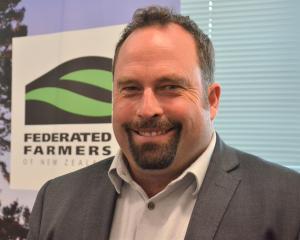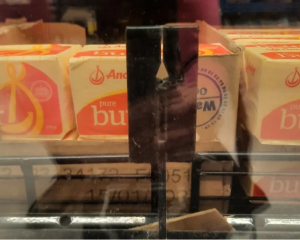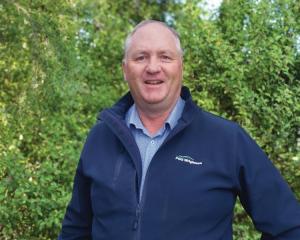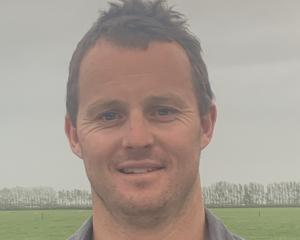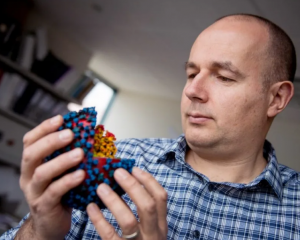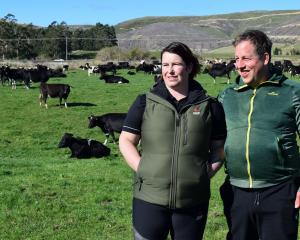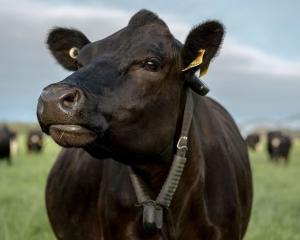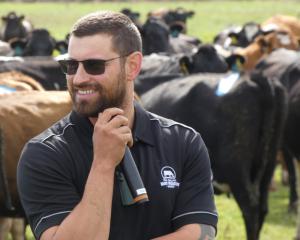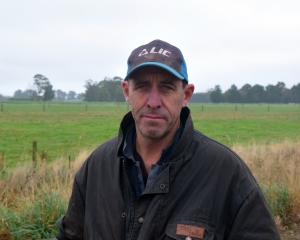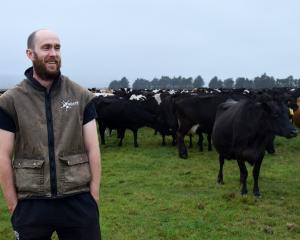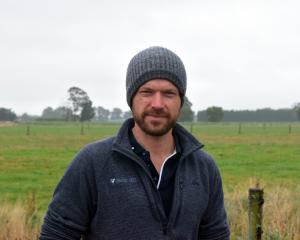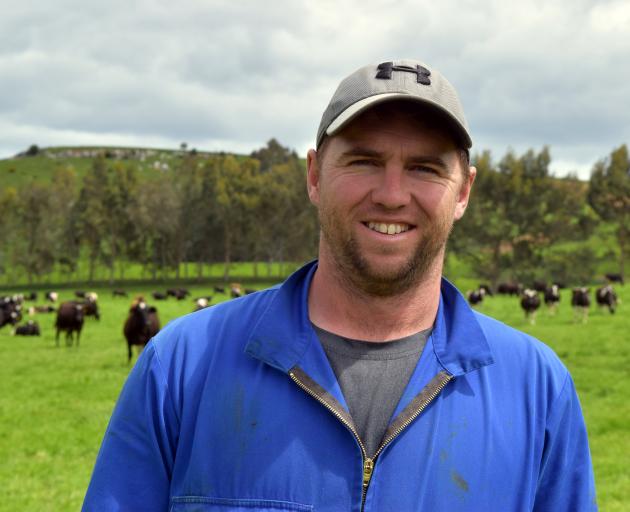
Dairy farmer Jerrym Frost hosted a DairyNZ field day on the nearly 200ha family farm he manages in Milton, milking 350 cows.
The farm had a "selective approach" on the bull semen used on the cows.
A selection of bull semen from a range of companies was used to chase traits which individual cows were lacking.
"We use a bit of everyone."
About three years ago, he started using bull semen from Canada to "sort out our udder troubles".
Other farmers at the field day also signalled a shared frustration on a lack of udder longevity in their herds.
When DairyNZ Southland and South Otago extension partner Gareth Baynham asked for suggestions on solutions to the issue, Andrews Vet Services owner and operator Ruth Andrews replied: "Don’t use LIC".
In her opinion, genetics from the Livestock Improvement Corporation appeared to be the worst for producing cows with issues around udder conformation and longevity.
Farmers should be selecting bulls on a range of traits, including udder conformation and longevity, she said.
"Don’t get me wrong, LIC are good cows but they don’t seem to last."
Mr Frost said he believed it was because LIC had focused on selecting genetics to improve breeding worth values, softening the focus on other traits.
He believed the focus of LIC was a result of receiving feedback from farmers many years ago about them wanting to be able to improve their breeding worth values.
Breeding worth is the index used to rank cows and bulls on their expected ability to breed profitable, efficient replacements.
Mr Frost said as a result of using Canadian genetics, the cows were taller than usual.
Despite being taller, the cows still fitted in the 40-bale rotary shed.
"We are trying to manage it so they don’t get too tall."
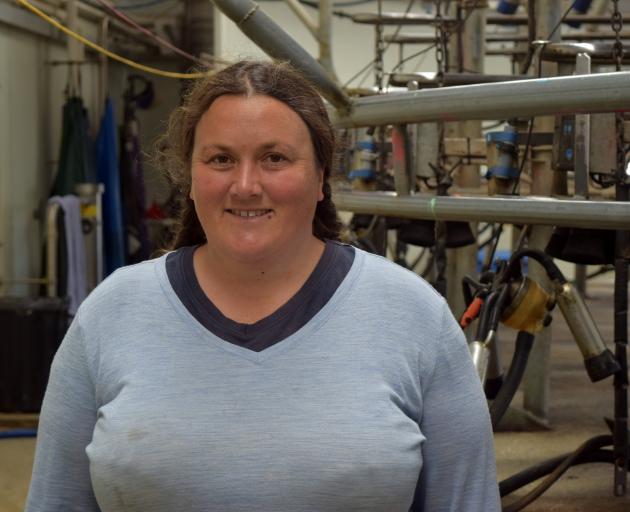
In Southland, cows were producing upwards of 500kg milk solids per cow on grass-only diets.
Genetics from countries such as Canada and the United States were bred on total mixed ratio diets meaning that the milk composition was favoured more towards litres and therefore tends to be lower in milk solids.
"When selecting bulls for inclusion in our teams we take a balanced approach. If we focus on one specific trait, then genetic gain can be compromised as a team. For example, if we only focus on udder overall, then teat length could be compromised.
LIC had an internal selection index which was driven by future predictions on breeding worth and other traits, such as udder, which reflects farmers’ desire for the ideal cow for New Zealand dairy farming.
"We hear loud and clear regarding the importance of udder functionality and conformation on farms. LIC recently completed an extensive survey and ran several workshops across New Zealand with farmers to help understand more about what they want in a future cow."
Genomics was heavily used throughout its breeding programme and farmers were reaping the rewards from this, he said.
"Both in their herds now with record rates of genetic gain, and a strong pipeline of elite genetics to provide continued growth and support into the future."
The weather was another talking point at the field day on Wednesday last week.
A dairy farmer said forecast rain had missed the district and feed was growing slower than he would like.
"I’d rather it be too fast than too slow at this time of year — I’d rather be going for quality than it going too stalky."
Another farmer said there was 32mm of rain on his farm last month and another 18mm so far this month.
A lack of rain and having paddocks out to make baleage was making him nervous.
"If it doesn’t rain, I’m in the s . . . but if it does, that’ll be good."
Another farmer said he was sure some rain would arrive soon.
"It is gonna come — it has to."


